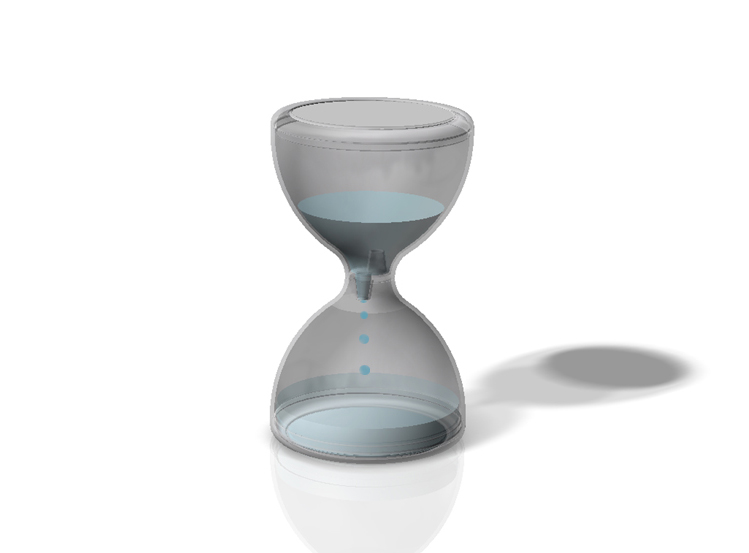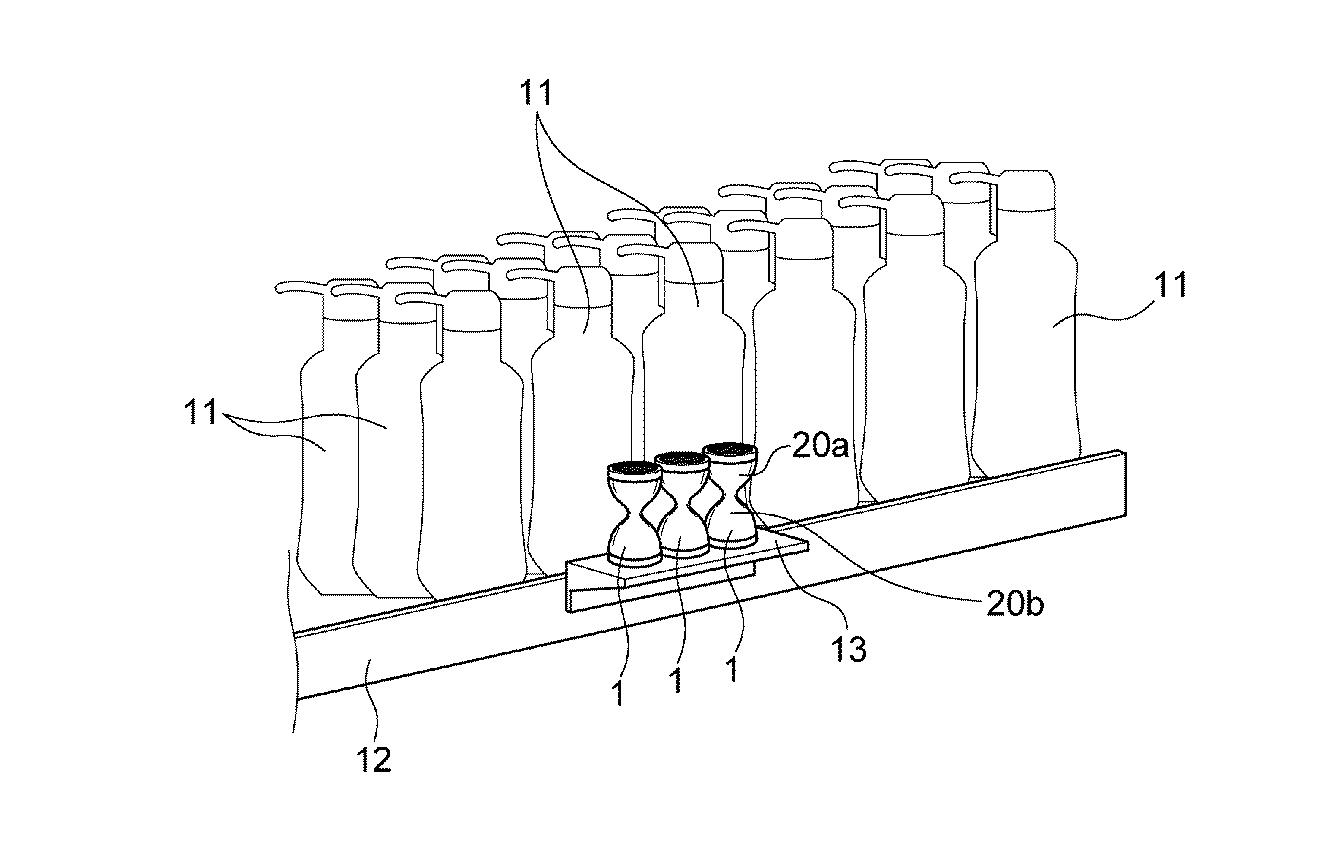Affordance
It is not possible to determine in advance the essence of a concept. In the system of design, truth is something that is updated by experience, and to have a clear concept of something, it is necessary to observe what actions can be taken and what effects are produced on that something. Therefore, through the proposal of a product, design changes the form of the environment that surrounds the consumer and is composed of things and consequently explores how the consumer acts and what kind of meaning and value is found between the consumer and the environment.
In the 1960s, James Gibson, a perceptual psychologist influenced by the ideas of pragmatism, proposed the concepts of direct perception and affordance and developed the theory of ecological psychology. Gibson’s ecological psychology rejects the traditional theory of perception, in which stimuli from the environment are input to sensory receptors, converted into electrical signals, and processed by the central nervous system to form a single image, and instead argues that environmental facts can be perceived directly from the structure of light that fills the perceiver’s surroundings.
According to Gibson, when a perceiver sees something, he or she moves the eyes to focus and sometimes moves within the environment, and the scenery constantly changes in conjunction with these movements. Therefore, to perceive changes in motion, rather than the static form of an object in space-time, which is the target of conventional visual theory, Gibson describes the environment using the three concepts of “medium,” “substance,” and “surface.”
A medium here is something like air that has properties that allow animals to move through it, while a substance is a mixture of elements and compounds with different chemical and physical properties that are solid or semi-solid. The surface is the boundary between the medium and the substance. The surface properties are determined by the light reflection and absorption properties of the substance in contact with the medium, and the surface texture and layout are created by the combination of these various surfaces. The light reflected and scattered by the surfaces in the environment crosses over and fills the medium, which creates an ambient light that surrounds the perceiver’s eyes. The presence of light in the medium with a structure that reflects the properties of the surrounding environment (the ambient light array) guarantees that the perceiver will obtain rich, “real” information about the environment through vision. Perception is the act of searching for and picking up the meaning of the ambient light information by coordinating actions such as moving the eye muscles.
Furthermore, from the information in the ambient light, perceivers can identify not only the “meaning,” which identifies the facts of the environment, but also the “value,” which is the opportunity for the self to know what actions are possible in that environment. Gibson proposed the concept of affordance in his books Ecological Perceptual Systems (1966) and Ecological Vision Theory (1979).
Affordance is “the possibility of evoking an action of a real perceiver in the environment.” It is a property of the environment that exists regardless of whether a particular animal can perceive it, and it is a functional value of the environment that corresponds specifically to the physical properties of the perceiver. For example, the surface of the underside of a leaf of a certain plant may allow (afford) a certain butterfly to perch there, but that same butterfly may not be able to perceive that affordance. Even in the case of animals that do not have the ability to perceive them, affordances are thought to exist in the environment independent of them.
Affordances are perceived not only by sight, but also by touch, sound, taste, and smell. Through their actions, consumers unconsciously search for opportunities to perform actions that are possible for themselves while perceiving the state of their surroundings with their whole body. How can a designer design a product for such a consumer?
Here, I would like to introduce an example of a design for an hourglass-shaped fragrance sample device to be installed in drugstores, which was conceived by Hirayama et al. of Kao Corporation and the author. The device includes an hourglass-shaped container with special filters on the top and bottom that allow gases to pass through, but not liquids, and is filled with a liquid fragrance so that consumers can test the fragrance of the shampoo. It was designed so that the fragrance does not leak out when it is placed on the product shelf, but when the container is turned upside down, the fragrance spreads to the outside and the liquid drips attractively inside the container.
To create the possibility of the user’s action, I reasoned and created the device on the basis of his own past experiences of dripping drops and drifting scents and his memory of the affordance perception when using an hourglass. The top and bottom surfaces of the container were designed to be flat, the container was sized to be easy to lift and was made of transparent material, and the liquid was colored to make it easy to perceive the state of the device. However, we do not know if the user will actually take action. Affordance is not something that can be created but is already hidden in the environment in a rich way that cannot be fully expressed in words. Whether they can be perceived is up to the user. In this sense, the designer is not a creator, but an experimenter.


The designer can make the perceiver aware of the relationship between themself and the objects in the environment with surprise, devise a way for the perceiver to unconsciously perceive the affordances and perform the action, or enable the perceiver to use the properties (resources) of the environment that are not available because of their inability to perform the action. Design is the process of experimentally fabricating the substance and mutating the surface layout to create opportunities for the perceiver to grow and develop the properties (resources) of the environment that are not available because of their inability to act. Design is such an act of continuously exploring the relationship between the environment and people.
Ecopsychology is a theory of perception, but as shown in the design example, people not only perceive but also think through associations and inferences using concepts and symbols obtained on the basis of perception. In the future, I would like to assess the role of thought from the perspective of ecological psychology.
(AKITA Naoshige)
関連する授業科目
Industrial Design Course Introduction to Lifescape Design
参考文献
- Gibson, J James (1966), The Senses Considered as Perceptual Systems, Boston: Houghton Mifflin (ジェームズ・ギブソン(2011)『生態学的知覚システム 感性を捉えなおす』佐々木正人、古山宣洋、三嶋博之監訳、東京大学出版会)
- Gibson, J James (1979), The Ecological Approach to Visual Perception, Hisdall, NJ: Lawrence Erlbaum, (ジェームズ・ギブソン(1986)『生態学的視覚論 ヒトの知覚世界を探る』古崎敬、古崎愛子、辻敬一郎、村瀬旻訳、サンエンス社)
- 小林道憲(2009)『続・複雑系の哲学 21世紀の科学への哲学入門』麗澤大学出版会
- 染谷昌義(2017)『知覚経験の生態学 哲学へのエコロジカル・アプローチ』勁草書房
- 平山晴信、園部円香、中村友香、児嶋貴美子、外間貴美、秋田直繁(2018)『香り提示装置』特開2018-016410、公開特許公報(A)
